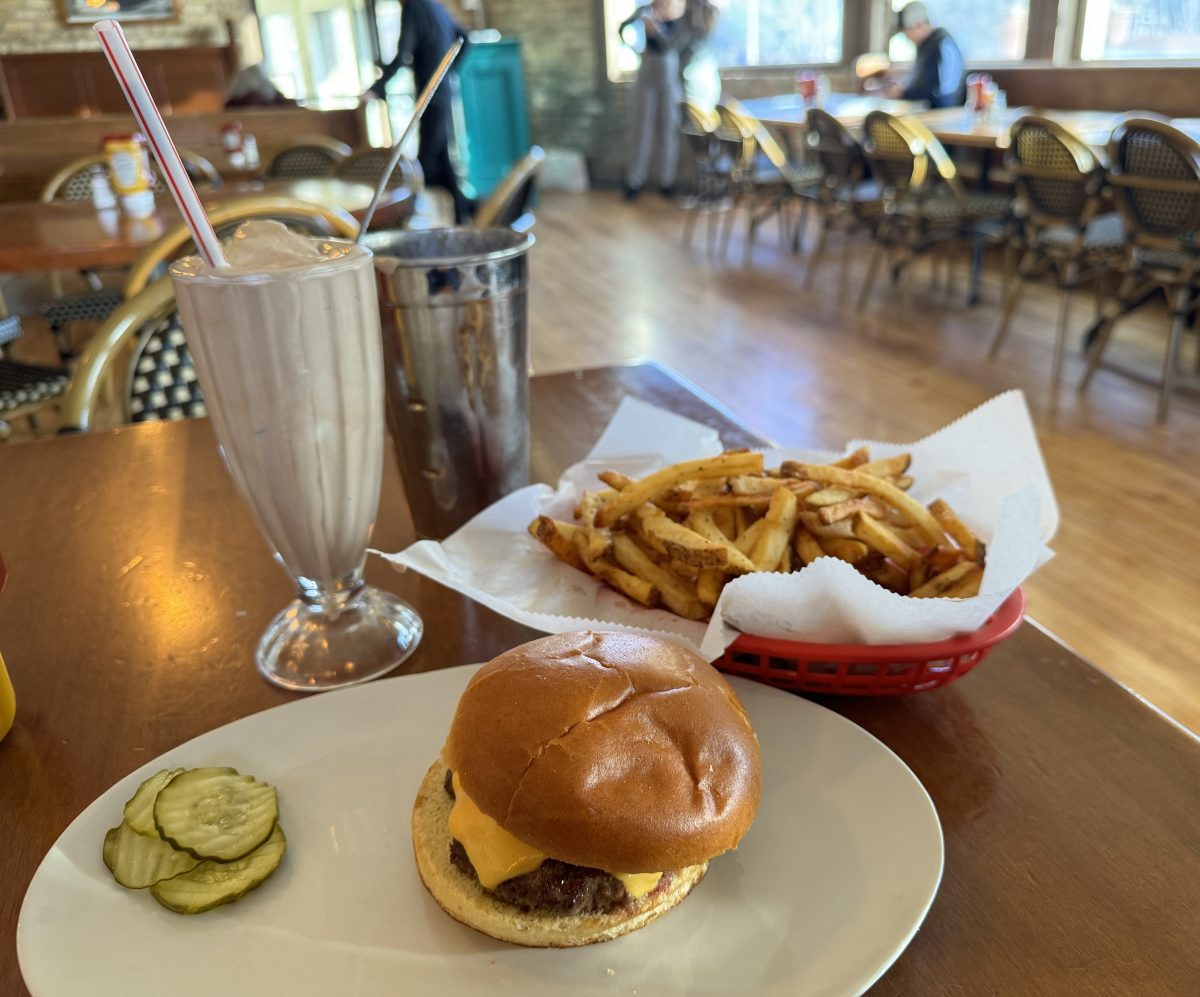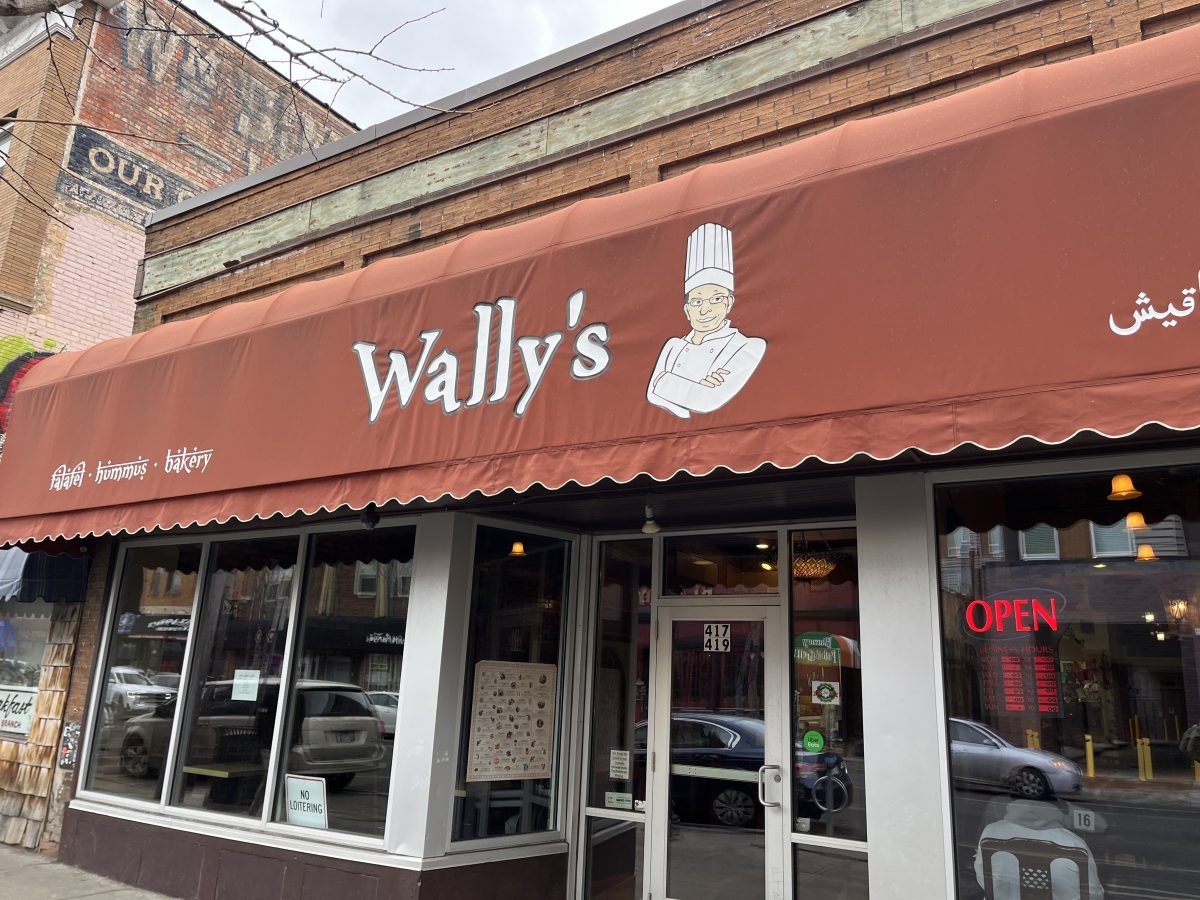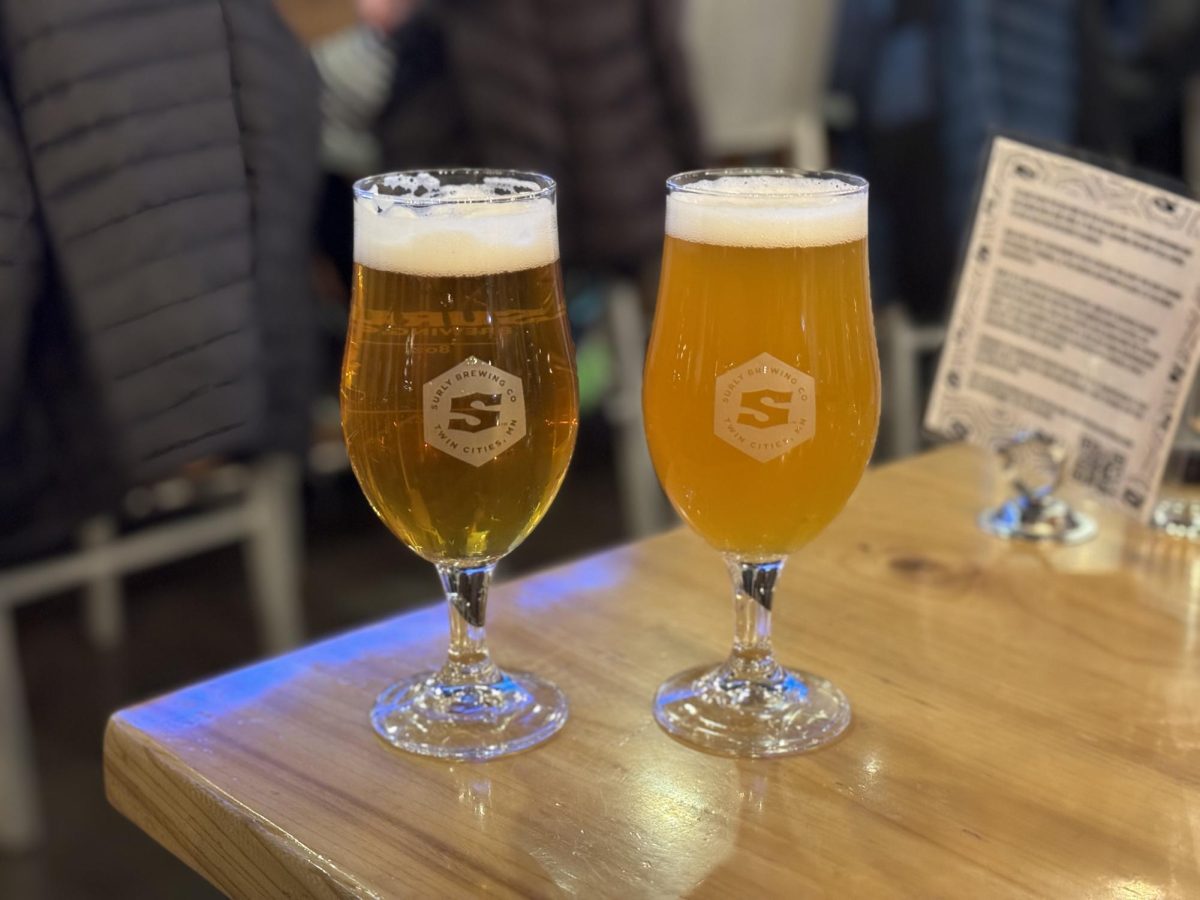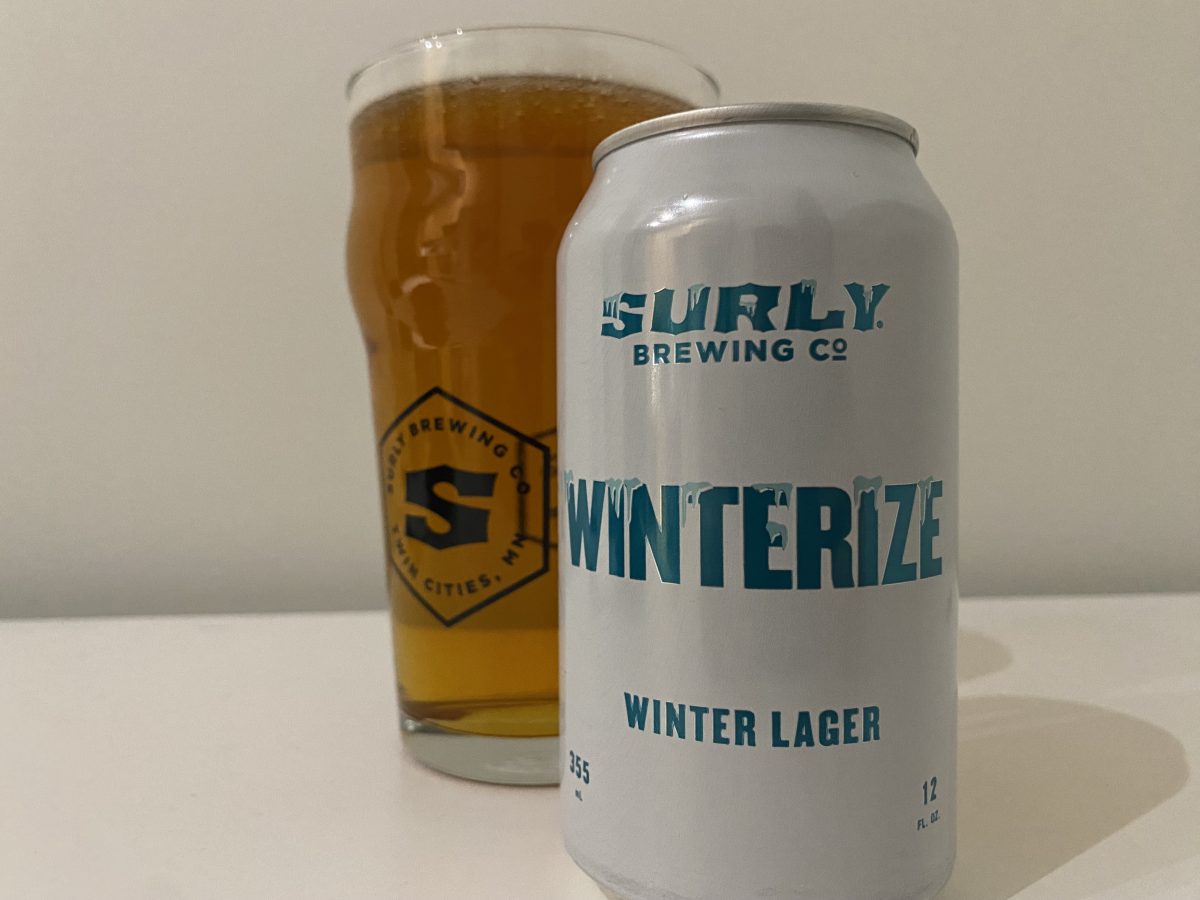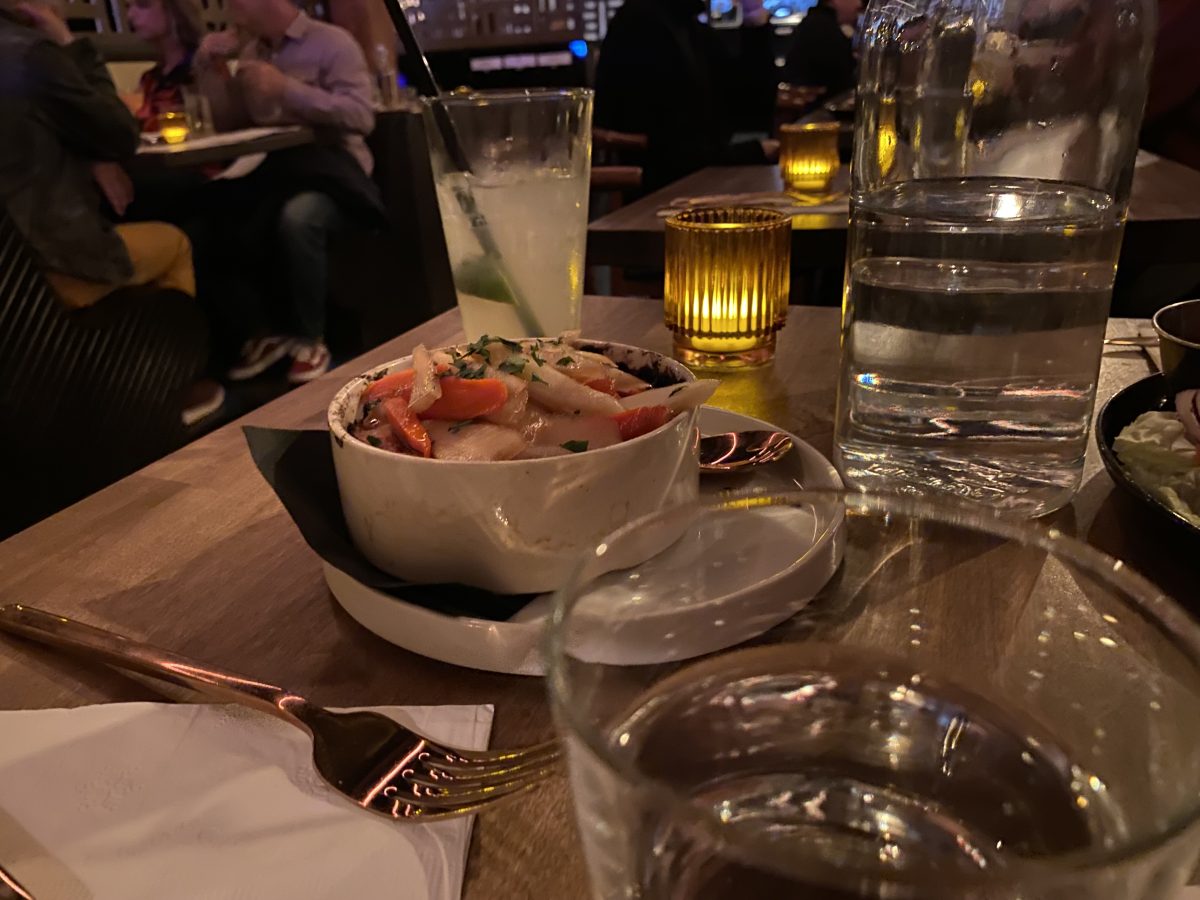A University of Minnesota partnership has transformed a series of food shelves across Minnesota, aiming to create more healthy options for clients.
University research showed that healthy food choices weren’t the easiest choices for clients at food shelves. The SuperShelf initiative is working to transform food shelves by changing what food is offered, ensuring funding is spent on food that clients want and changing overall food shelf design.
“We’re transforming these food shelves so they can become places for clients to access healthy and appealing foods,” said Caitlin Caspi, a researcher and assistant professor in the Department of Family Medicine and Community Health.
There’s a lot of room for improvement in some food shelves, Caspi said.
“If a food shelf is certified as a SuperShelf, it means it’s gone through a process and a process of evaluation,” she said.
SuperShelf certification aims to set a higher standard for food shelves around Minnesota, Caspi said.
The initiative’s idea began in 2013 in a partnership between Lakeview HealthPartners and Valley Outreach Food Shelf, originally called Better Shelf for Better Health. It grew from a pilot study to become the extensive partnership it is now.
In 2017, a grant from the National Institutes of Health was given to SuperShelf to provide funding for 16 different transformations and evaluations. The initiative received more than 70 applications.
Due to interest, a dozen additional food shelves were transformed with support from University of Minnesota Extension and HealthPartners, she said.
Deciding what food shelves would be a part of the first evaluation was difficult, Caspi said.
“It was more about this process of deciding which food shelves we were going to work with, making sure we achieved some equity in terms of outreach across the state,” she said.
Kelly Miller, director of the Department of Indian Work, one of the transformed food shelves in St. Paul, said SuperShelf really turned the shelf around.
“They were able to give us advice on how to order, what to order. It was really an eye opener to me,” she said about ordering food for families.
While they were ordering based off what clients wanted, most of the food was unhealthy, Miller said. Client surveys showed that 90 percent of them wanted healthier options.
“It made sense because the produce is expensive,” Miller said. Families can get canned or processed foods for a dollar or less, but they wanted healthier options, she said.
The new layout for the Department of Indian Work also includes culturally specific elements for its Native American clients, such as using Dakota and Ojibwe languages and designs around the food shelf, Miller said.
“Clients at a food shelf want the best food and health and outcomes for their families just like everyone else,” said Marna Canterbury, an initiative partner and the director of community health at HealthPartners.
Because of the stigma around relying on food shelves, people are often hesitant to reach out, she said.
Some people assume that food shelf clients just need more nutritional education. Instead, they just want to be treated with dignity and respect, Canterbury said.
“People who are food insecure should have access to really appealing, healthy food. That’s what they want,” she said.










